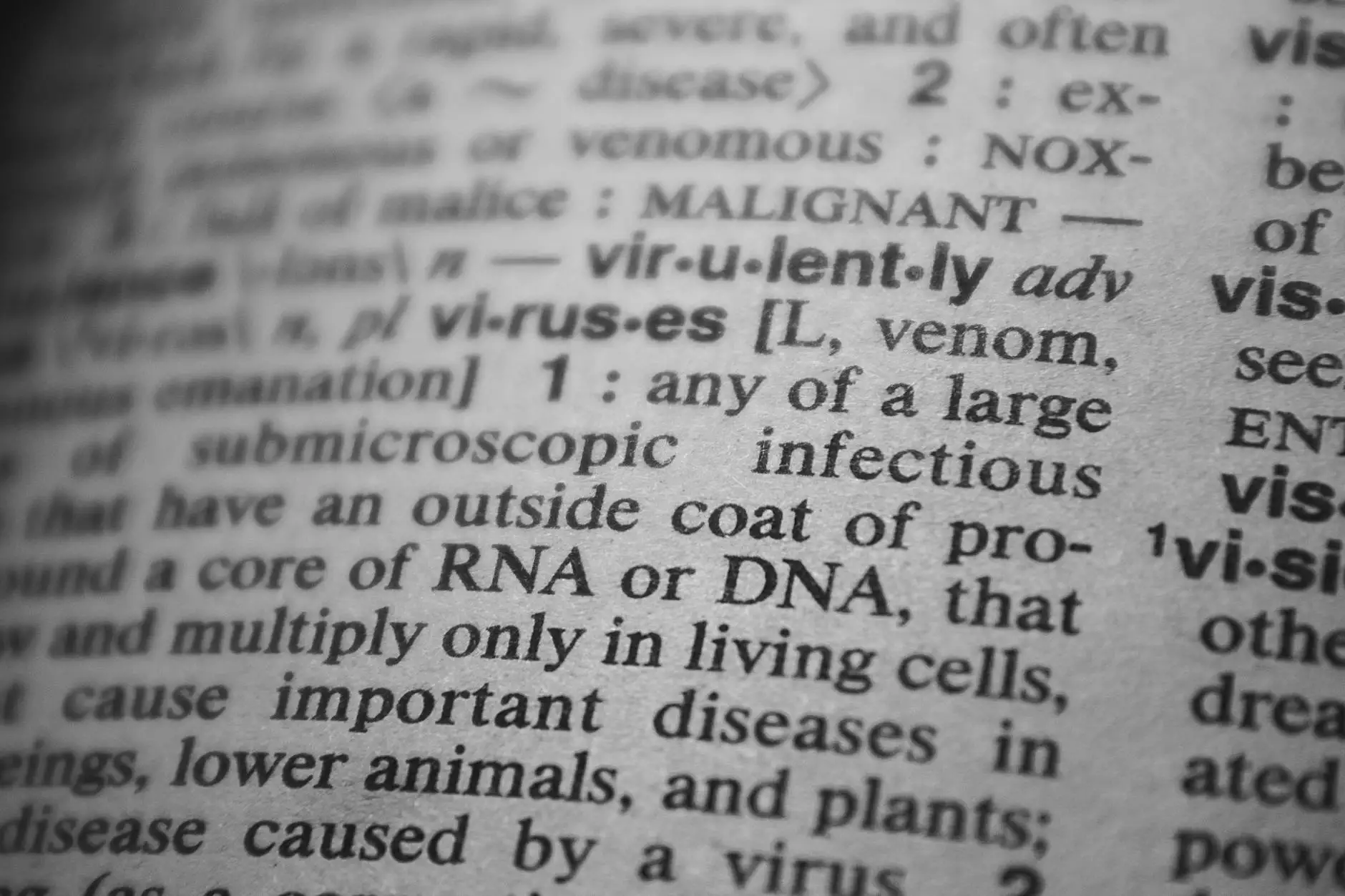Using Simple Present & Present Progressive For the Future
English Grammar Lessons
Introduction to Using Simple Present & Present Progressive For the Future
In the world of English grammar, there are various tenses that help us express different actions and events. Two commonly used tenses for discussing future scenarios are the Simple Present and Present Progressive tenses. At NJCLT, we believe understanding and mastering these tenses can greatly enhance your language skills. In this guide, we will delve into the intricacies of using the Simple Present and Present Progressive for the future, providing you with valuable insights and examples.
Understanding the Simple Present Tense
The Simple Present tense, as the name suggests, is used to describe actions that occur regularly or habitual actions. However, it can also be used to talk about future events that are scheduled or arranged. It is important to note that when using the Simple Present tense for future actions, a specific time or date is usually mentioned.
Examples:
- My flight departs at 9 AM tomorrow.
- The concert starts next Friday.
- We meet for lunch every Tuesday.
Exploring the Present Progressive Tense
The Present Progressive tense, also known as the Present Continuous tense, is commonly used to describe actions happening at the present moment. However, it can also be used to discuss future plans or actions that have already been arranged. When using the Present Progressive tense for the future, there is usually a sense of intention or plan involved.
Examples:
- I am meeting Sarah for dinner tonight.
- We are going on vacation next month.
- They are attending the conference next week.
Comparing Simple Present and Present Progressive for the Future
While both the Simple Present and Present Progressive tenses can be used to talk about future events, there are subtle differences in their usage. The Simple Present is commonly used for scheduled or arranged events with specific time references, while the Present Progressive is often used for future plans or actions with a sense of intention.
It is important to choose the appropriate tense based on the specific context and intended meaning. By understanding these nuances, you can effectively communicate your future plans and actions with clarity.
Using the Simple Present & Present Progressive Together
In some situations, the Simple Present and Present Progressive tenses can be used together to convey additional information or emphasize a point. This combination helps provide a comprehensive understanding of the future action or event.
Examples:
- I am starting a new job next month and I work from 9 AM to 5 PM every day.
- We are traveling to Paris next week, and we stay in a charming hotel.
Conclusion
Mastering the usage of the Simple Present and Present Progressive tenses for the future can significantly enhance your language skills and improve your overall communication. By understanding when and how to use these tenses appropriately, you can express your future plans and actions with precision.
At NJCLT, we are committed to providing comprehensive language resources and guides to help you excel in your language learning journey. Feel free to explore our other articles and resources to further enhance your English proficiency.




